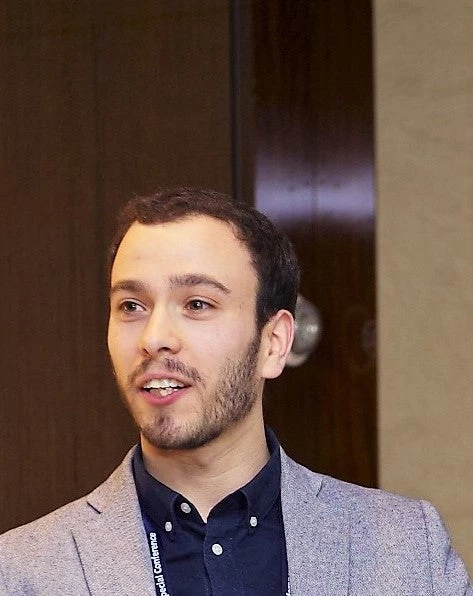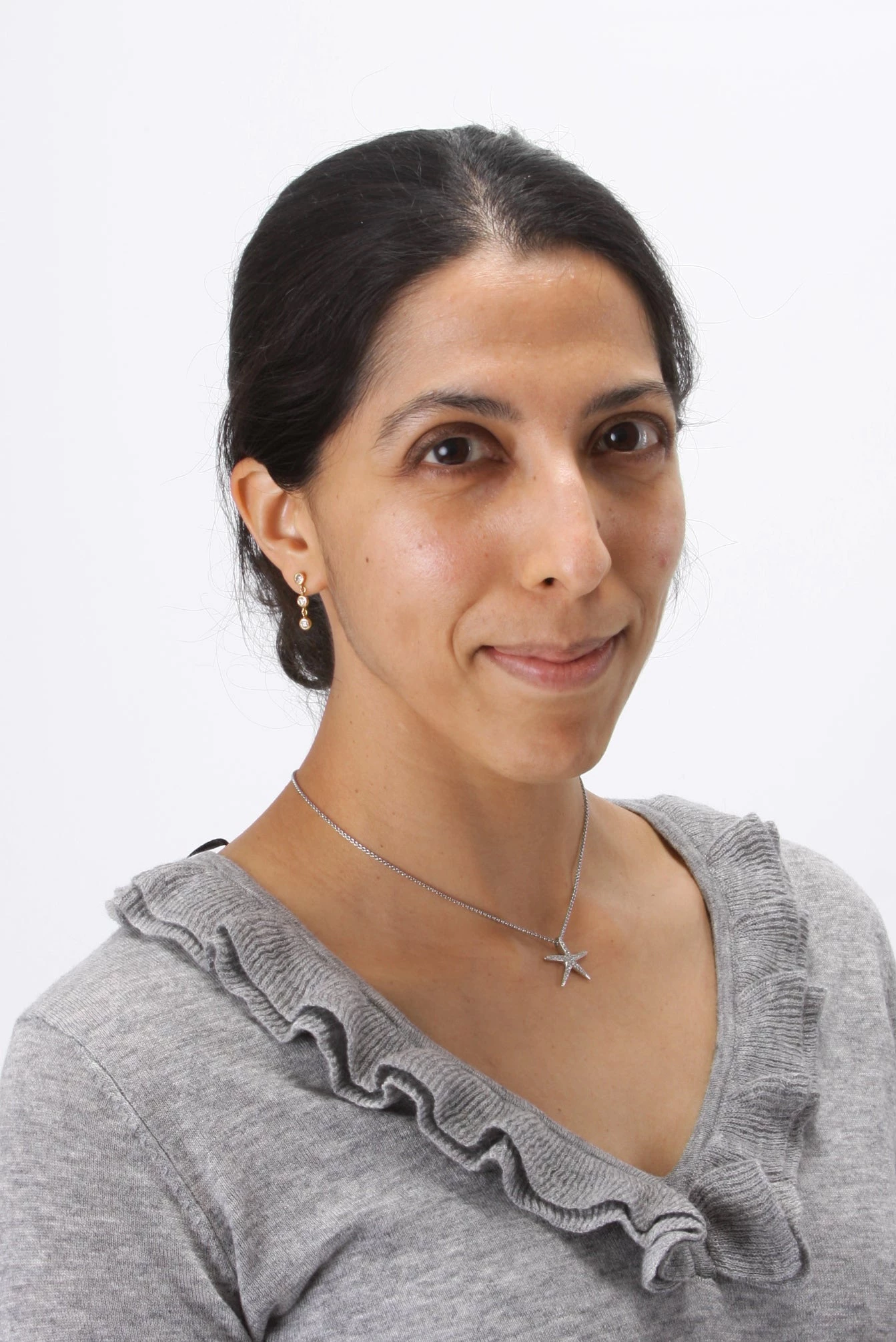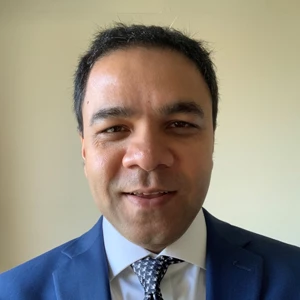When working in an international financial institution, it is hard to find a document that does not refer to “developing countries” or “the developing world.” (Fortunately, it is now rare to find the term “third world”.) In the World Bank, this concept typically encompasses all 135 countries classified as low- or middle-income, whose 6.7 billion people are home to 84% of the world’s population.
Several arguments have been made against the use of this term, in part by one of us in a previous post on the World Bank’s Data Blog and in a longer treatment in Barros Leal Farias (2023). There has been progress in the past decade - for example, the World Development Indicators no longer provide aggregations by “developing” countries. Yet as use of the term continues, we revisit the reasons why we think we should stop using it. We end with some suggested rephrasing and thoughts on why this matters.
The term “development” is frequently used to describe the process in which children mature and pick up skills in a sequential way. Using the same term to describe countries can suggest some level of hierarchy in maturity and a set path for improving average wellbeing in a country. For certain countries, this kind of language can invoke a sense of being the subject of paternalism and patronization. As scholars in BMJ Health put it in an editorial trying to stop the use of such classifications, this bifurcation of countries “has created a false hierarchy among nations.”
The term also does not align well with history. For some countries and regions, scholars have argued (with data!) that colonialism prompted a reversal of fortune. According to the historian William Dalrymple, when the British East India Company entered India in 1600, Britain was producing 1.8 percent of global GDP, while India was producing 22.5 percent.
Additionally, there are two empirical arguments for avoiding the classification of “developing countries,” both of which were originally put forward by the late Hans Rosling: (1) The countries classified as such have wildly different outcomes (or put differently, very little in common), which makes grouping them together misleading, and (2) they often do not have notably worse outcomes than “developed” countries. The latter was not the case 50 years ago, which is one of the reasons why Bill Gates has argued that the terms “developing” and “developed” countries “have outlived their usefulness.”
These empirical arguments can be easily grasped visually.
First, let’s consider infant mortality, or the number of children who die before their first birthday out of every 1,000 live births. This is a good indicator of both the strength of health systems and the extent to which households can protect young children from economic shocks.
This range puts into question whether one ought to consider the same educational policies in all countries labelled as developing.
So what to do?
One could be tempted to turn to other existing classifications, but here we encounter similar problems. For example, the “Global South” has perhaps less negative connotations but is confusing when the country with the southern-most average latitude (New Zealand) belongs to the Global North and when high-income countries, such as Chile and Uruguay, are considered to be part of the Global South.
We suggest three alternatives to the phrases “developing world” or “developing countries” in decreasing attractiveness.
Reconsider if the aggregation of 135 diverse countries into one group is strictly necessary or empirically credible for your topic of interest. A regional or sub-regional aggregation may be more relevant.
If aggregation by some outcome variable -- such as health, education, or income -- is necessary, use a finer distinction than two groups. For example, distinguish between low-income, lower-middle-income, upper-middle-income, and high-income countries. Indeed, for something so basic as population structure (whether the population is aging or still very young), aggregating countries into just two groups would mask the large difference between lower-middle income and upper-middle-income countries that we see today.
If aggregation to only two groups is necessary, use terms such as “low- and middle-income countries” rather than “developing countries” and the “developing world,” and check to see how countries are classified by income.
What is at stake?
What is at play here is more than a choice of words and analytical convenience. Just as generalizing from groups of diverse individuals within countries can result in stereotyping and ultimately inappropriate policies, generalizing from a group of diverse countries risks doing the same at the country-level. Imagine if we lumped all non-high-income countries together to assess whether they all needed to invest more in maternal and infant health or if they should reform their pension systems to cope with an aging population. We would be prioritizing the wrong issue in many countries.
A recent World Bank Working Paper found that the strongest predictor of success of World Bank projects is their degree of adaptation to country context. Lumping a large number of countries into one category or the other does the opposite of that. Using the term and classification of “developing world” can be problematic, and it is time to rethink using it.
The views expressed in this piece do not reflect official World Bank policy.





Join the Conversation